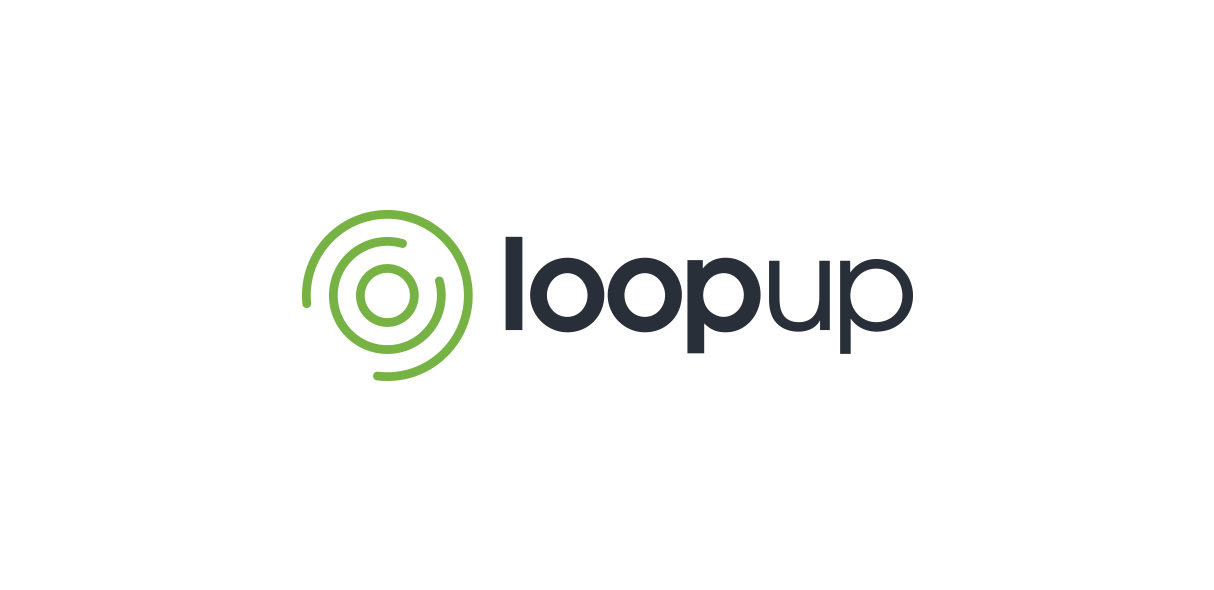
Get the story behind the makings and evolution of LoopUp from co-CEO Mike Hughes, in an interview with 1 Million by 1 Million.
In this seven-part series, Sramana Mitra speaks with Hughes about everything from early days in the industry and watching tech evolve in Silicon Valley, to the formation of sales pods and taking LoopUp public on the London Stock Exchange last year.
Some excerpts from the series, below:
What year did you [and Steve Flavell] come together to start LoopUp?
We first met each other from 1995 to 1997 at Stanford. I had this fellowship, which meant that I had to go back to the UK. I went back for about nine months and then moved back out to California. I then joined a European-led startup called Pagoo. Pagoo was an early-stage VoIP player.
Back in the day when everybody was using dial-up to get on the Internet, you could not answer people calling you. What these guys built was a very simple system which basically redirected your incoming phone call, answer that call in the cloud, take a voice message, and then send that voice message back to a little app that would pop up on your desktop.
From that very simple and original idea, it morphed as we added more technology to it. We made it so you can answer the phone from your laptop or computer.
Timeline-wise, from when you started with the initial investment and went through these pivots, how much time has passed?
We started in 2003. We realized we were running out of time in late 2005. We pivoted in 2006. We started selling with this Blackberry bit. We had very strong growth in 2007, moving into 2008. We had a little bit of money that came from Andy Scott who was a friend from school who had made a lot of money doing GSM licenses in emerging markets. He came in and invested about $1 million.
Explain the business model a bit. Secondly, describe the competitive landscape. Who or what are you competing against and how?
We built up all these systems because we didn’t have any money and it was all we could do. The business model that we followed is very much the same business model that is followed by most of our competitors. In the collaboration space, you’ve all kinds of competitors – Microsoft, Cisco, and now Amazon.
Still the big players are the historical PTT’s. There are several large independent, more audio-oriented players such as Premier Global. The guys that we compete against, day to day, are really the latter groups. The basic model is you sign up. If I invite you to a conference call, the organizer pays per minute for everybody who is in that call.
Where are you now? What are the metrics of 2016?
We went public in the summer of 2016 on the London Stock Exchange…
To get the rest of the story, read the full series of Surviving Near-Death Experiences and Going Public in London: Michael Hughes, co-CEO of LoopUp.
Or, access each part, below.
- Part 1: Let’s start at the beginning
- Part 2: When did you come together to start LoopUp?
- Part 3: Learnings
- Part 4: Getting there
- Part 5: Reorganization and the creation of sales pods
- Part 6: Why LoopUp works and the competitive landscape
- Part 7: Avoiding the ‘unicorn’ route
To get more updates on LoopUp content, follow us on Twitter, LinkedIn and Facebook.









